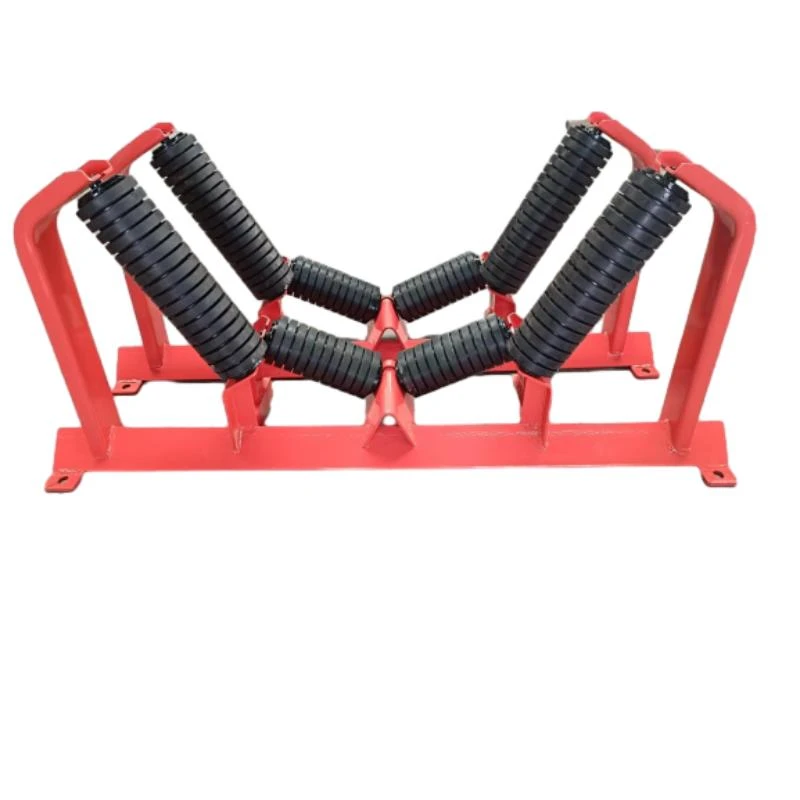 Afrikaans
Afrikaans  Albanian
Albanian  Amharic
Amharic  Arabic
Arabic  Armenian
Armenian  Azerbaijani
Azerbaijani  Basque
Basque  Belarusian
Belarusian  Bengali
Bengali  Bosnian
Bosnian  Bulgarian
Bulgarian  Catalan
Catalan  Cebuano
Cebuano  Corsican
Corsican  Croatian
Croatian  Czech
Czech  Danish
Danish  Dutch
Dutch  English
English  Esperanto
Esperanto  Estonian
Estonian  Finnish
Finnish  French
French  Frisian
Frisian  Galician
Galician  Georgian
Georgian  German
German  Greek
Greek  Gujarati
Gujarati  Haitian Creole
Haitian Creole  hausa
hausa  hawaiian
hawaiian  Hebrew
Hebrew  Hindi
Hindi  Miao
Miao  Hungarian
Hungarian  Icelandic
Icelandic  igbo
igbo  Indonesian
Indonesian  irish
irish  Italian
Italian  Japanese
Japanese  Javanese
Javanese  Kannada
Kannada  kazakh
kazakh  Khmer
Khmer  Rwandese
Rwandese  Korean
Korean  Kurdish
Kurdish  Kyrgyz
Kyrgyz  Lao
Lao  Latin
Latin  Latvian
Latvian  Lithuanian
Lithuanian  Luxembourgish
Luxembourgish  Macedonian
Macedonian  Malgashi
Malgashi  Malay
Malay  Malayalam
Malayalam  Maltese
Maltese  Maori
Maori  Marathi
Marathi  Mongolian
Mongolian  Myanmar
Myanmar  Nepali
Nepali  Norwegian
Norwegian  Norwegian
Norwegian  Occitan
Occitan  Pashto
Pashto  Persian
Persian  Polish
Polish  Portuguese
Portuguese  Punjabi
Punjabi  Romanian
Romanian  Russian
Russian  Samoan
Samoan  Scottish Gaelic
Scottish Gaelic  Serbian
Serbian  Sesotho
Sesotho  Shona
Shona  Sindhi
Sindhi  Sinhala
Sinhala  Slovak
Slovak  Slovenian
Slovenian  Somali
Somali  Spanish
Spanish  Sundanese
Sundanese  Swahili
Swahili  Swedish
Swedish  Tagalog
Tagalog  Tajik
Tajik  Tamil
Tamil  Tatar
Tatar  Telugu
Telugu  Thai
Thai  Turkish
Turkish  Turkmen
Turkmen  Ukrainian
Ukrainian  Urdu
Urdu  Uighur
Uighur  Uzbek
Uzbek  Vietnamese
Vietnamese  Welsh
Welsh  Bantu
Bantu  Yiddish
Yiddish  Yoruba
Yoruba  Zulu
Zulu conveyor pulley types
Types of Conveyor Pulleys
Conveyor pulleys play a crucial role in the operation of conveyor systems, serving as the components that guide and drive the conveyor belt. These pulleys are designed to transfer materials efficiently and reliably, making them essential in various industries, including mining, manufacturing, and distribution. Understanding the different types of conveyor pulleys can help businesses select the right component for their specific applications, boosting efficiency and reducing operational costs.
1. Drive Pulleys
Drive pulleys, also known as head pulleys, are located at the discharge end of the conveyor system. They are the primary source of force transmission, responsible for moving the conveyor belt forward. Designed to withstand the initial load, these pulleys typically have rugged, durable constructions, often featuring a lagging surface to provide increased friction, ensuring the belt maintains grip during operation. The design and size of drive pulleys can vary based on the load capacity and speed of the conveyor system.
2. Tail Pulleys
Tail pulleys are located at the receiving end of the conveyor. They provide a counterbalance to the drive pulley and support the return section of the conveyor belt. These pulleys are critical in maintaining belt tension and alignment, preventing slippage. Tail pulleys are usually equipped with a crowned surface or other features to help keep the belt centered and reduce wear over time.
3. Bend Pulleys
Bend pulleys are used when the conveyor belt needs to change direction. These pulleys ensure the smooth transition of the conveyor belt as it bends around corners or changes elevation. Positioned between the drive and tail pulleys, bend pulleys support the belt and enable it to navigate through directional changes without compromising stability or integrity. Proper installation and maintenance of bend pulleys are vital to prevent excessive wear and potential belt damage.
conveyor pulley types

4. Snub Pulleys
Snub pulleys serve a crucial role in increasing the amount of contact between the conveyor belt and the drive pulley. By adding additional wrap around the drive pulley, snub pulleys increase the friction and thus enhance the pulling power of the drive system. This can be particularly useful in applications involving heavy loads or inclined sections of a conveyor system. Snub pulleys help maintain optimal performance by providing extra traction, minimizing slippage, and maximizing efficiency.
5. Return Pulleys
Return pulleys, also known as idle pulleys, are designed to support the conveyor belt's return path. These pulleys are typically non-driven and help minimize sagging and ensure proper belt tension in the return section. Like tail pulleys, return pulleys assist in maintaining alignment and preventing belt wear, which can result from unnecessary friction or misalignment.
6. Impact Pulleys
Impact pulleys are specially designed to absorb the shock of heavy loads as they are dropped onto the conveyor belt. Commonly found in bulk material handling applications, impact pulleys have a padded surface that reduces the impact on the belt and extends its lifespan. These pulleys play a significant role in maintaining the integrity of the conveyor system by minimizing damage from heavy falls.
In conclusion, the selection of the right type of conveyor pulley is vital to ensuring the efficiency and longevity of conveyor systems. Each type of pulley serves unique functions that cater to different aspects of material handling. Businesses must assess their specific needs, including load requirements, belt alignment, and directional changes, to choose the most suitable pulleys. By investing in quality conveyor pulleys, companies can enhance productivity, reduce maintenance costs, and improve the overall effectiveness of their material handling operations. Understanding these types of conveyor pulleys helps streamline processes across various industrial environments, making them indispensable for modern logistics and manufacturing.
-
Revolutionizing Conveyor Reliability with Advanced Rubber Lagging PulleysNewsJul.22,2025
-
Powering Precision and Durability with Expert Manufacturers of Conveyor ComponentsNewsJul.22,2025
-
Optimizing Conveyor Systems with Advanced Conveyor AccessoriesNewsJul.22,2025
-
Maximize Conveyor Efficiency with Quality Conveyor Idler PulleysNewsJul.22,2025
-
Future-Proof Your Conveyor System with High-Performance Polyurethane RollerNewsJul.22,2025
-
Driving Efficiency Forward with Quality Idlers and RollersNewsJul.22,2025





























